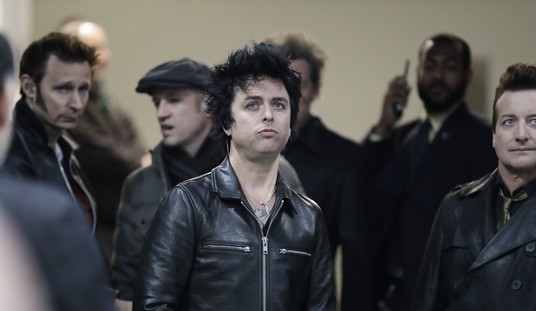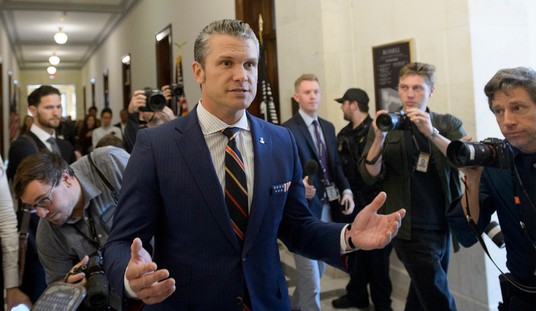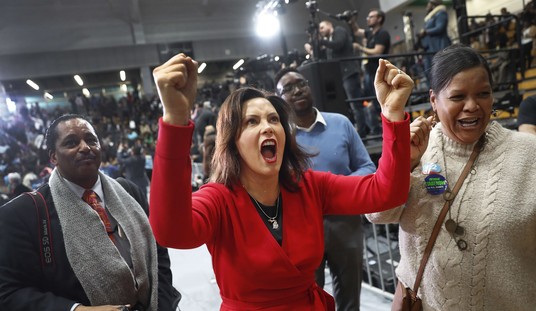While the media environment in this country has been going through some bad years, it appears things are only becoming worse. This week alone, we have watched the Los Angeles Times gutting over 20 percent of its newsroom, Forbes has announced it will be cutting staff, and Business Insider has come out to say it, too, will be encountering layoffs. There is carnage in the news industry, but what is remarkable is that journalists – allegedly pledged to digging into stories and researching facts – are unwilling to look into what is behind the problems. Reporters have plenty of soapboxes but, surprisingly, very few mirrors.
Following the the announced news at the LA Times, there has been no shortage of commentary from the press, both those let go and those still employed and reporting on the news with bafflement. There is a uniformity in all of this coverage: shock and bemusement at the moves and a general admission the industry is in dire conditions, but almost nothing in the way of analysis and introspection.
Emily St. Martin is one of the released reporters at the LA Times, and she penned a love letter to journalism. Former books editor Boris Kachka was displeased by those people sending him “learn to code” taunts. Remaining reporter Noah Goldberg posted a picture of a vacant Times newsroom. These were all examples of them reacting to the moves while never once being proactive prior to the decisions.
In her HuffPo lament, St. Martin never ponders what it was that led to her dismissal. Kachka is either unaware or is in denial that the dismissive “code” comments originated in the press towards the fortunes of coal miners having their industry forcibly shuttered. Goldberg displayed a lack of self-analysis when he responded to the flurry of reactions his photo generated after he asked, “What’s missing?” He made a blithe remark about those who allegedly accused his paper of pushing propaganda and white genocide when the truth is – while “genocide” is certainly extreme – the LA Times was rather focused on racial issues of an extreme nature.
I’m just going to store a few pics here for the meantime, hope that’s fine with you Noah. https://t.co/YsuUvDYemS pic.twitter.com/Q7hA4Cm99z
— Brad Slager: Flips On The Highbeams In Fog Of War (@MartiniShark) January 25, 2024
As we have now learned, this is hardly a case of select staffers having a racial bent toward news coverage. This focus on race is baked into the operations at the paper. An example of how widespread this concept is in the industry, Associated Press reporter Seung Min Kim worked on detailing how the layoffs affected workers from various ethnic groups as if that was the importance. But in doing so, she revealed one of the inner workings at the Times – its newsroom was organized with racial caucuses, grouping the journalists based on race.
In @latimes layoffs, “The Latino Caucus will lose 38% of its members. The Black Caucus will lose 33% members. The AAPI [Asian American Pacific Islander] + MENASA [Middle East, North Africa, South Asia] caucuses will lose 34% of their combined membership.” https://t.co/h3GOvIJNRm
— Seung Min Kim (@seungminkim) January 24, 2024
This focus on race and not facts is but one of the issues seen across the news landscape. What is evident is that as outlets are preoccupied with representation, those same news sources are not concerned with diversity of thought. A study made by Syracuse University, after polling news outlets, finds that full-time journalists declaring to be Republicans has been minimized to just 3.4 percent, while those stating they are Democrats rose to over one-third of the newsrooms, with the balance claiming to be independent.
This reality is reflected in the coverage. The bubble environment created leads to the insular reporting on stories. The uniformity of a newsroom leads to the accepted thought process being the norm, and conservative ideals and policies are then looked at as being outliers rather than mainstream thought.

These are just the start of the examples of how the press, in general, refuses to look at how their own actions are provoking these harsh job cuts. In covering these problems in the press on a daily basis, it has become easy from my perspective to spot the problems. Not mere nitpicking and cherry-picked entries, my media column covers a wide array of examples of journalism ethics being trampled on the regular. False stories, slanted approaches, selective coverage, double standards, and numerous other means of contorting the news are on display constantly. When I began my column, I had about eight or so headings I used to organize the entries. That number now stands at over two dozen categories, and I average five to six examples of media malpractice daily.
The adherence to particular narratives and the fealty shown to one political party are indisputable any longer. It is blatantly apparent that many journalists approach a news item with a preset agenda. Right and wrong are already cemented in their minds before the facts are analyzed, and the narratives basically pre-written. This is a foundational problem, one that drives off swaths of readers, and few in the press are willing to admit this is the case.
Look simply at this current reality: We have been told for years now how strong and glorious Joe Biden’s economy has been. Yet, the news industry has been hammered fiercely on an economic level. Circulations are down, subscriptions are plummeting, ratings for cable news are plunging, ad revenue is evaporating, and all the while, they are gaslighting us on how wondrously the economy is performing.
Make it make sense... pic.twitter.com/xhl6PjgdPY
— Brad Slager: Flips On The Highbeams In Fog Of War (@MartiniShark) January 25, 2024
It leads to one very simple and all-consuming fact:
- If the press cannot be honest with themselves and their profession, why would anyone believe they are being honest with their audience?
One more paradox that is flying over the heads of these journalists is their own hostility towards the principles they should adhere to for professional survival. Note how often we have seen examples of press members pushing for the silencing of voices on social media and elsewhere. Under the guise of eradicating misinformation, they have pushed to have voices squelched and even news outlets muted. Look at the hostility towards FoxNews and the desire to have its personalities removed and even the channel itself stripped from availability. Journalists with apathy and outright hostility towards the First Amendment are a growing contingent.

This is a press corps that has been calling for the very actions it is now enduring, only the results are arrived at via different means. In this current case, it is not a forcibly silenced end but the marketplace walking away from biased news outlets, compelling publishers, and the like. But now they — after promoting the idea of silencing others — expect sympathy and compassion as they experience the very result they were hoping to enforce upon others.
Interesting that the folks who dismissively told miners to learn computer programming are aghast when others turn that phrase back on the creators. What they are experiencing is a level of accountability — something they are clearly unfamiliar with in their profession. It is accountability that is needed in order to repair the problems in the press. Maybe these rampant layoffs are the first step in this needed process.














Join the conversation as a VIP Member